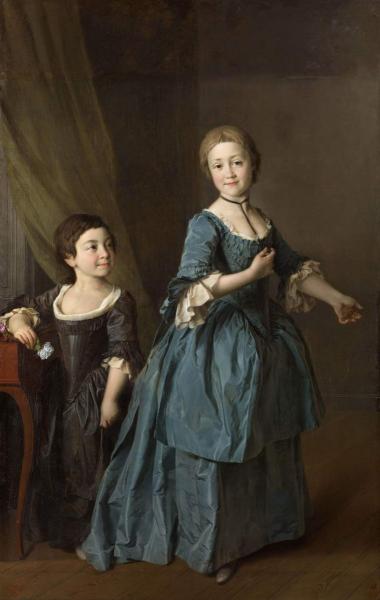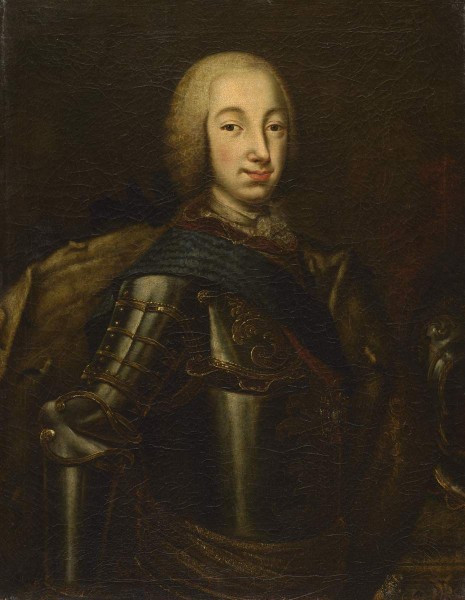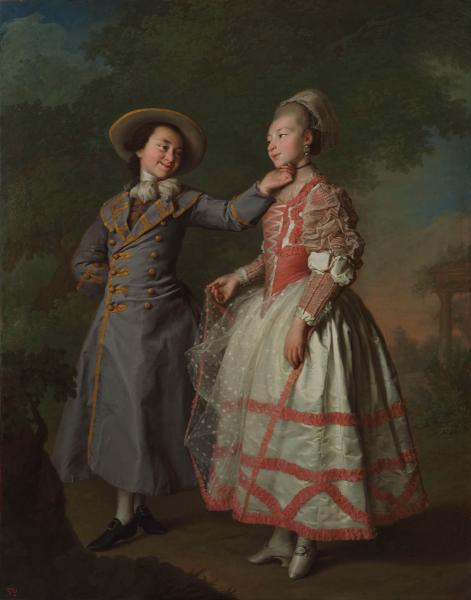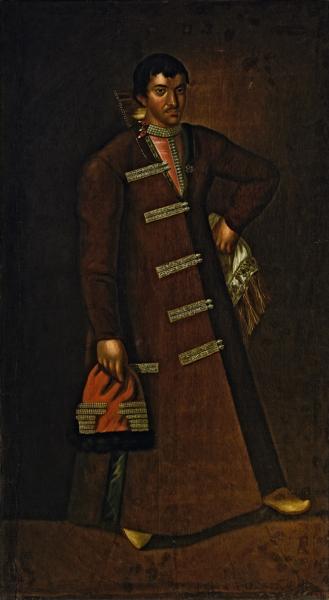The artist is Levitsky

In the seventies of the XVIII century, by order of Catherine II, Levitsky wrote a series "Smolinki", consisting of seven portraits of pupils of the Smolny Institute of noble girls – a privileged educational institution opened in St. Petersburg in 1764 by decree of the empress. Daughters of the nobles were prepared there for court service and social life. Talents brought up in girls, "Nice in society", – They were taught French and German, elegant manners, as well as sing, dance, play musical instruments. The Smolny Institute often arranged ideas where the Smolians played French comedies, and also performed in the ballet.
Rzhevskaya Feodosia Stepanovna (1760-1795)-daughter. M. Rzhevsky and Sofia Nikolaevna (nee. Baronesses Stroganova). She graduated from the Smolny Institute with the cipher of Catherine II, married Prince M. N. Golitsyna, a real state adviser, later the Yaroslavl governor.
Davydova Nastasya Mikhailovna (1764? -?) – Princess. Came from the Georgian princely kind. Her father, Major General M. M. Davydov, in the 1780s was the governor in Tambov. Perhaps she includes references to a certain princess Davydova, who participated in the 1780s in the performances of the Tambov amateur theater.
About the restoration of a series of paintings d. Levitsky "Smolinki" On the website of the Restoration Service of Museum Values
+ About the restoration of the work
– Hide the text about restoration
The state of safety before restoration:
By the time of admission to restoration, the technical condition of the portrait was regarded as a threatening. The translated canvas is strongly “burned out”, became weak and fragile. He could not hold on himself a thick layer of translated oil soil broken by craquelure. As a result of this, not only the strict deformation of the canvas along Krakenura appeared, but also the “breakdowns” of the canvas on deformations, threatening the damage to the threads and in the future – by gaps of the foundation. There were observation sites of translated soil from the canvas. A severely expressed craquelure with raised edges and sections of the excess along the edges on the front side interfered with the visual perception of painting and created a threat of screech. Late darkened layers of varnishes, hid painting. Numerous late multilayer records distorted the already altered flavor.
Complex of the events:
The overall strengthening on the front and back of the sides made it possible not only to eliminate deformations and put in the plane of the fracture and craquelure, but also to restore the connection of translated soil and canvas. In order to strengthen the base, the picture was duplicated on a new canvas.
Already trial clearings have shown how thick the color perception of the portrait is the thick layers of yellowed varnish. A lot of questions caused a section of extensive recording along the upper edge. However, after the studies, it became clear that this extension was part of the author’s canvas, which was previously bent to the subframe. Painting in this area has very severe damage, significant loss and differs from the main background, which caused the appearance of a continuous record.
After removing the yellow layers of varnish and records, the picture acquired the cold flavor, which was conceived by the author. Sections of the loss of a colorful layer are toned, which restored the integrity of the background. The laconic portrait of clothing and interior details began to look filled and elegant.
Keeping a story. Restoration workshop of the Russian Museum – 100 years. SPb, 2022. With. 84.
Programs/Films about this work in the media text:

D.G.Levitsky. By the 275th birthday
Creation year: 2010 | Video painting | Language: | Duration: 25:47
Dmitry Grigorievich Levitsky – one of the best portraitists in Russian history of painting. In this film, the director of the Russian Museum in.AND.Gusev talks about the work of the master and the history of his work on the series of portraits of the pupils of the Smolny Institute of noble girls.

Dmitry Levitsky. “Smolinki”. Restoration of portraits
Creation year: 2010 | Interactive program | Language:
The multimedia program was released for an exhibition dedicated to the 275th anniversary of the birth of Dmitry Grigoryevich Levitsky in the Russian Museum. The program talks about the restoration of the famous “Smolyans” – seven portraits of pupils of the educational society of noble girls at the Smolny Institute.


